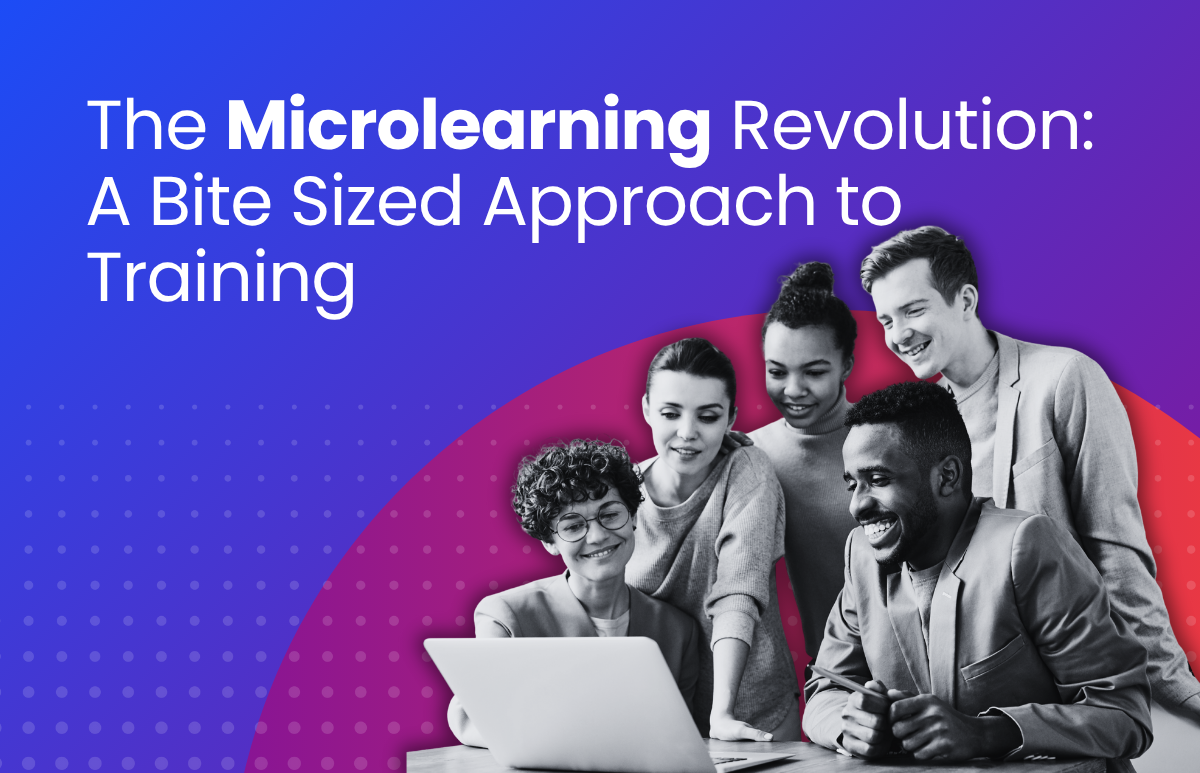2024 HR Trends: How to Bridge the Generation Gap in a Post-Covid Workplace
One of the most talked-about HR challenges right now is that of attracting, retaining and motivating a multi-generational workforce.

When we’re hearing so much in the media about Boomers vs Millennials, and everyone in between, how can we create a workplace that rewards everyone, and makes the most of both seasoned experience and new ideas? And how do we do it in a way that helps our organisation to succeed?
This was one of the topics covered in ELMO’s recent panel discussion, Shaping the Future: 2024 HR & Recruitment Trends.
Sunita Gloster AM moderated our expert panel of thought leaders:
- Emily McLeod, co-founder and director of WOW Recruitment
- Kate Wikinson, ELMO Software’s Chief People Experience Officer
- Keegan Luiters, team performance and leadership expert.
Sunita said that it’s widely acknowledged that one size no longer fits all when it comes to HR, and that delivering for such a diverse workforce is being seen as one of the great HR challenges of the moment.
ELMO’s recent Employee Sentiment Index found remuneration that is the main priority for jobseekers when considering a new employer for all generations except Gen Z, who are more likely to prioritise culture. The panel members agreed that this largely comes down to demographics.

Baby Boomers and Gen X
Kate Wilkinson said it’s Baby Boomers and Gen Xers that prioritise remuneration.
“Baby Boomers and Gen X [are] retiring later, so that would have a direct correlation on why remuneration is important,” she said. “Also, I think there’s a direct correlation in terms of the cost of living, the increase the rate hikes.”
Kate reported seeing an increase in applications from these generations, which she said is a “fantastic talent pool to be able to access”.
Gen Zs and Millennials
Gen Zs and Millennials are looking for something entirely different to the older generations, according to Kate.
“They’re looking for the hybrid work environment, a sense of purpose, and learning and development opportunities,” she said. “They tend to be more entrepreneurial, and have these side hustles, so they want the flexibility to do that, and they want the learning to assist.”
Unlike the older ‘quiet quitter’ generations, Kate said Gen Zs and Millennials aren’t afraid to share what they think.
“These are the loud quitters, so they will tell us their opinion way before they’re about to leave, and we welcome that – we appreciate that,” she said.
The Covid-induced generation gap
One of the challenges we’re seeing in post-Covid workplaces is a generation gap that may be attributable to the lack of socialisation during lockdowns and hybrid work arrangements. Kate said there’s a ‘deficit’ around behaviours that used to come from being in a shared workplace, but that was missing during the pandemic.
“We are seeing an impact in the workplace from those informal mentoring observations that you receive on a daily basis when you’re in the workplace,” she said.
“What I would say is the shared learning – and the intergenerational shared learning – is really important.”
Kate said that sort of upskilling helps everyone level up, with Baby Boomers and Gen Zs learning new technology, and Gen Zs and Millennials benefitting from learning and development – all of which can lead to increased remuneration.
What the data tells us about job satisfaction
WOW Recruitment recently surveyed 5000 people about job satisfaction and found that demographics play a part in job satisfaction levels. Emily McLeod shared that salary is still the number one driver across the board – with the exception of Gen Zs.
“Their number one driver is the societal and environmental impact of the company,” said Emily. “So if we think about that, organisations obviously need to be thinking about competitive remuneration, they need to be thinking about salary reviews and incremental increases in salary for the majority of the population.
“But when you think about Gen Z, if you want to attract and retain that talent, you do need to be thinking about how you’re showcasing what impact your company has on society and on the environment.”
Emily said WOW’s research also found that people aged 31-40 were the most highly satisfied in their work and people aged 51 and over were the least satisfied.
“We need to be thinking about how we engage talent at different stages of their career lifecycle, but then also how you cater to the different characteristics of the different demographics as well,” she said.
While this broad data can inform general discussions about generational differences, every workplace will be different, and it’s important for organisations to be generating their own data about what workplace satisfaction looks like for their teams. This might be in the form of regular surveys and predictive analytics.
ELMO’s powerful technology helps HR leaders to harness the power of their workforce data, with pre-built dashboards to track key metrics and custom reporting tools to dive deeper into the numbers. Whether you’re just starting out with HR metrics or have been relying on data for some time, ELMO is customisable to suit your needs.
The ideal culture to drive performance
With such a disparate range of priorities and satisfaction levels, how do organisations create a culture that will help older workers feel valued, while offering younger workers the cultural fit they want?
Keegan Luiters says it comes down to your teams.
“Invest in leaders to understand what it takes to create a high-performing team, and for them to understand what each of their team members need for them to bring their best to the team,” said Keegan.
Those factors will vary depending on each person’s stage of their career and what’s important to them, said Keegan.
“Leaders need to be able to understand the people they’re working with, what is their drive here, what will help them to not do the quiet quitting, to not do just enough to not get fired but actually strive for better work?” said Keegan. “And a lot of that will come down to that leader’s ability to have good conversations and connect with that person.”
Keegan said it’s important to think of workers as “humans, not just resources.”
“It’s having explicit conversations, adding the opportunities, and allowing each of the people in your team the best possible chance to contribute,” he said.
How to have those important conversations: WIPS, HIPS and TIPS
There are various ways to have those important conversations with your team, said Keegan.
“One of the little things I talk to people about is WIPs, HIPs and TIPs,” he said.
These three conversational acronyms stand for:
- WIPs: work in progress conversations about current projects
- HIPs: human in progress conversations about how the person is going at work
- TIPs: team in progress how the team as a whole is operating.
Keegan recommended adding all three to regular meetings, to operationalise and normalise the process of having those three levels of regular discussions.
He also added that it’s important for the leader to act as a connector of the team, rather than being the central focus.
“If there’s one thing to say to leaders, it’s to invest in relationships,” summarised Keegan. “Not just because it’s a nice thing to do, but because it enables performance.
“When you normalise those conversations, you allow people to have those conversations more readily, and bring up the stuff that they are otherwise holding back.”
If you’ve enjoyed this content and want to see more like it, subscribe to our newsletter for first-look access to our free research, blogs and resources.
 HR Core
HR Core 









